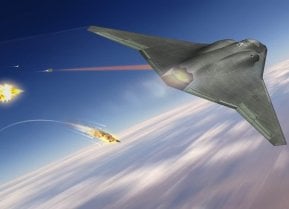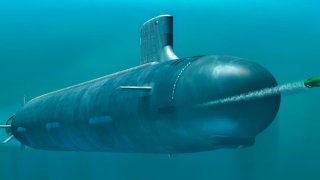Virginia-Class vs. Seawolf-Class: Which Navy Submarine Is Faster?
The U.S. Navy’s Virginia-class submarines are advanced and versatile, but they may not match the speed of the legendary Seawolf-class.
Summary and Key Points: The U.S. Navy’s Virginia-class submarines are advanced and versatile, but they may not match the speed of the legendary Seawolf-class.
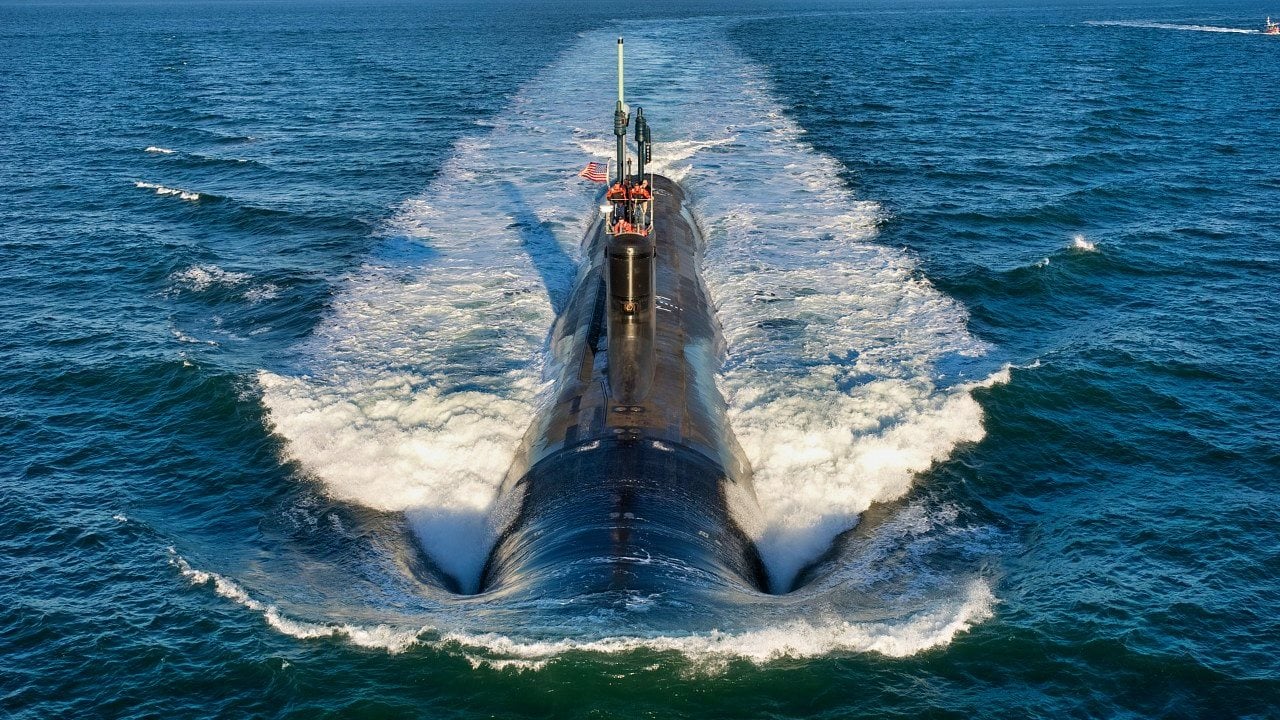
-Powered by a Westinghouse S6W nuclear reactor, the Seawolf-class can achieve top speeds of 35 miles per hour (25 knots), making it the fastest attack submarine in the world.
-While the Virginia-class submarines, powered by a GE S9G reactor, are newer and more adaptable with increased firepower and interoperability, they likely fall short in terms of speed and depth. The Seawolf-class’s superior speed and stealth, despite its limited numbers, still give it an edge in submarine performance.
The Virginia-class Submarines are Fast, But the Seawolf-class is Faster
The United States Navy’s Virginia-class nuclear-powered attack submarine has been described by many experts as the most advanced attack sub in the world. Despite this, little details are known about key aspects of this newer submarine. One question pervades many discussions about this submarine’s capabilities, how fast can this boat travel?
Compared to another highly advanced attack submarine in the Navy’s fleet, the legendary Seawolf-class, we know that that class is widely considered to be the fastest attack submarine in the world.
As I have written in these pages, the Seawolf-class can achieve top cruising speeds of thirty-five miles per hour (twenty-five knots). However, the Virginia-class is newer and was chosen by the Navy to be the replacement for the long-serving Los Angeles-class attack submarine over the Seawolf-class submarine because, according to the Navy’s leadership, the Virginia class was even more advanced than the Seawolf class.
Understanding the Mechanics
Well, whenever one talks about speed on any kind of craft, it’s always important to look at the engine powering the machine. For example, when speaking about the M1 Abrams tank, it’s important to note the fact that they are powered by a literal jet engine, which explains their power and speed.
Similarly, the Seawolf-class submarine retains the record of the fastest submarine in the world and is powered by a single Westinghouse S6W nuclear reactor, “driving two steam turbines, to a total of 52,000 shaft horsepower,” according to Kyle Mizokami.
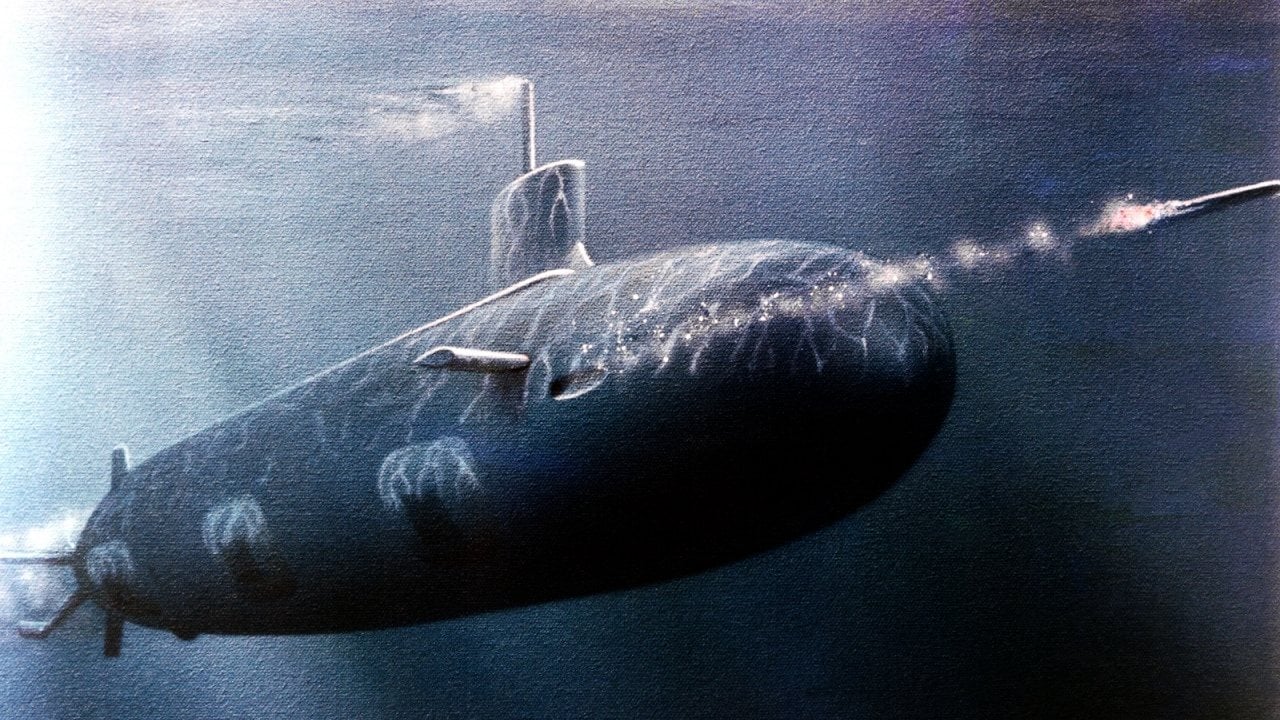
The Virginia-class attack submarines, meanwhile, are the General Electric (GE)-provided pressure water reactor S9G which is “designed to last as long as the submarine, two turbine engines with one shaft and a United Defense pump jet propulsor.” Surprisingly, despite its capabilities, there is some debate as to whether even the newer Virginia-class attack submarines are better than the Seawolf-class subs when it comes to speed.
An Argument Between Submariners
There was a fiery debate on one defense forum among former US Navy submariners about which platform was truly better. The consensus was that, despite being more numerous and newer than the Seawolf-class, the Virginia-class was not superior to the older Seawolf-class submarine. In my own reporting, I have proven that the only reason the Seawolf-class was not scaled beyond only three boats was due to their high cost as well as the dissolution of the Soviet Union.
According to many submariners, the Seawolf-class subs can dive deeper and run faster than the Virginia-class submarines.
Let’s take a look at the believed flank speed of the Virginia-class. It is believed that the Virginia-class has a flank speed—or top cruising speed—of around twenty-five knots, the same as the Seawolf-class. So why are so many former submariners online arguing that the Seawolf-class is better and faster?
That’s because in terms of diving and flank speed, or at least sustaining flank speed, the Seawolf-class is better than the Virginia-class. Where the Seawolf-class likely loses to the Virginia-class is in firepower and interoperability.
The Virginia-class is More Versatile
For instance, in 2021, H.I. Sutton at Naval News reported that the Virginia-class subs were slated to get “seventy-six percent more firepower” than what they already had. The Virginia-class in general terms is easier to modify and can be used in a variety of offensive ways that the Seawolf might not be able to be used.
Again, the Seawolf has some incredible covert capabilities.
Speed and maneuverability as well as stealth are primary components to making a good modern submarine. Both the Seawolf-class and Virginia-class possess these features but in different admixtures.
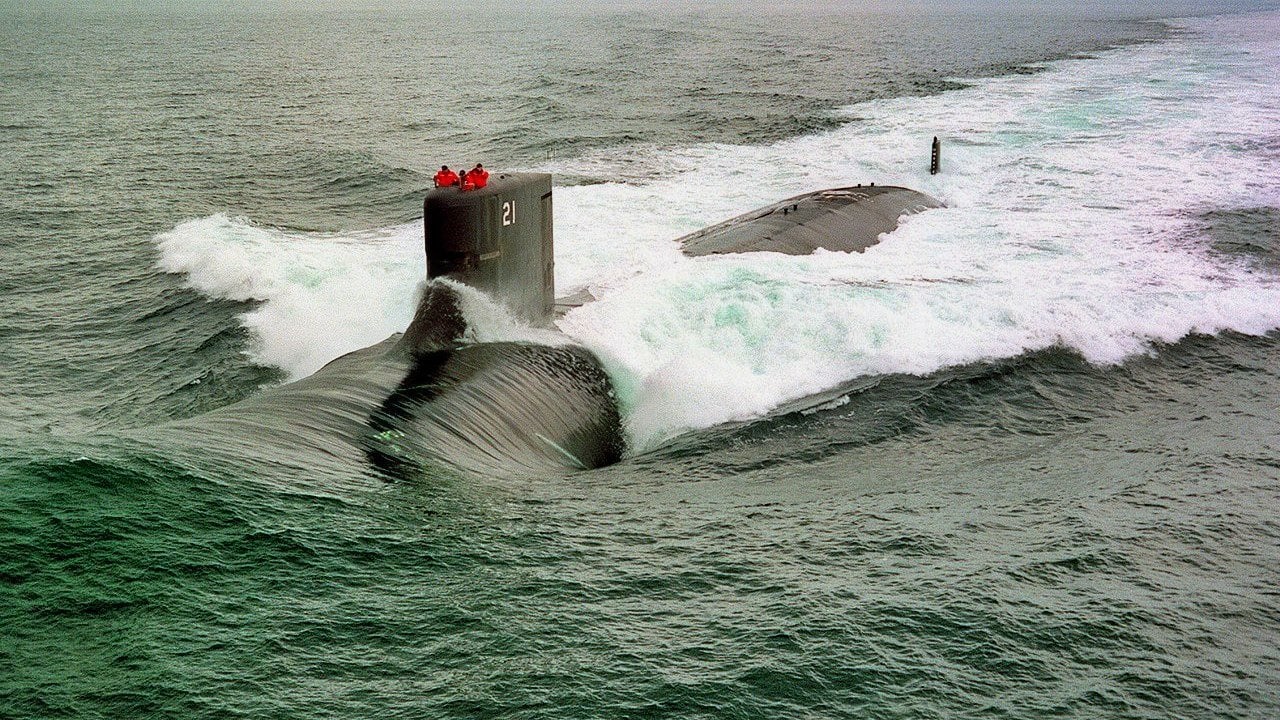
And, it is likely that the Seawolf-class is simply faster than the Virginia-class but that the Virginia-class may be a more well-rounded (certainly cheaper) submarine than the Seawolf-class submarines.
Author Experience and Expertise: Brandon J. Weichert
Brandon J. Weichert, a National Interest national security analyst, is a former Congressional staffer and geopolitical analyst who is a contributor at The Washington Times, the Asia Times, and The-Pipeline. He is the author of Winning Space: How America Remains a Superpower, Biohacked: China’s Race to Control Life, and The Shadow War: Iran’s Quest for Supremacy. His next book, A Disaster of Our Own Making: How the West Lost Ukraine, is due October 22 from Encounter Books. Weichert can be followed via Twitter @WeTheBrandon.
All images are Creative Commons or Shutterstock.
From the Vault
Russia Freaked Out: Why the U.S. Navy 'Unretired' the Iowa-Class Battleships
Battleship vs. Battlecruiser: Iowa-Class vs. Russia's Kirov-Class (Who Wins?)
